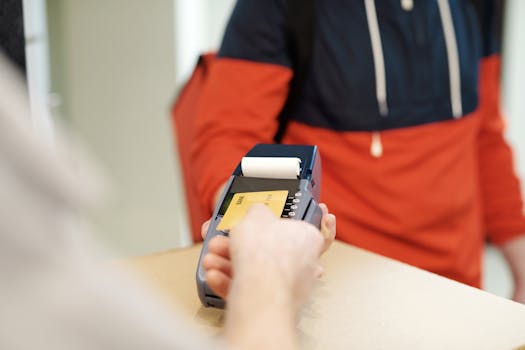Enhancing Home Network Security with a DMZ on Consumer Routers
Implementing a DMZ (Demilitarized Zone) on consumer routers is a method to manage network security and accessibility. This approach isolates devices from the main local network while allowing external access, balancing convenience and protection.
Understanding the Concept of a DMZ in Home Networking
A DMZ is a separate network segment that sits between the internal home network and the internet. It functions as a buffer zone where certain devices can be exposed to the internet without risking the security of the primary network.
In consumer routers, the DMZ allows one device to have unrestricted access from the internet. This setup is useful when hosting services, such as gaming servers or webcams, that require inbound connections.

Risks and Using a DMZ on Consumer Routers
While a DMZ can provide necessary external access, it also introduces potential security vulnerabilities. Devices placed in the DMZ face a higher risk of compromise because they have fewer protections from external threats.
The main benefit of using a DMZ is improved accessibility for devices without exposing the entire home network. This selective exposure helps maintain the integrity of other devices connected to the router.

Security Implications of DMZ Deployment
Devices in the DMZ are more susceptible to attacks since they often bypass the router’s firewall restrictions. Attackers can exploit vulnerabilities on these exposed devices to gain unauthorized access or disrupt services.
Properly configuring and maintaining devices in the DMZ is critical to minimize these risks. Regular updates, strong passwords, and disabling unnecessary services contribute to a safer DMZ environment.

Configuring a DMZ on Consumer Routers: Step-by-Step
Setting up a DMZ on most consumer routers involves assigning a local IP address to the DMZ host device. This process takes place within the router’s web-based management interface under the DMZ or firewall settings.
Before enabling the DMZ, it is to assign a static IP address to the device intended for the DMZ to prevent IP conflicts and maintain consistent routing. This step ensures external access to the designated device.
Configuration Tips
Confirm that the router’s firmware is up to date to avoid vulnerabilities associated with outdated software. , disable the DMZ when it is not actively needed to reduce exposure to external threats.
Use strong, unique passwords for devices placed in the DMZ and enable encryption protocols where applicable. Monitoring traffic to and from the DMZ can help detect unusual activities early.
Comparing DMZ with Port Forwarding and VPN Solutions
Other methods exist to allow external access to home devices, such as port forwarding and VPNs, each with distinct advantages and limitations. Understanding these alternatives helps in choosing the most appropriate security strategy.
| Feature | DMZ | Port Forwarding | VPN |
|---|---|---|---|
| Exposure Level | High – device fully exposed to internet | Low – only ports opened | Low – encrypted remote access |
| Configuration Complexity | Moderate – one device with static IP needed | Moderate – must open ports | High – requires VPN client setup |
| Security Risks | Higher risk of exploitation | Moderate if ports are | Minimal if properly configured |
| Use Case | Hosting services needing open access | Access to applications or services | Secure remote access to entire network |
Best Practices for Maintaining a Safe DMZ Environment
Keeping devices in a DMZ secure requires continuous vigilance and adherence to security best practices. Regularly updating firmware and applications reduces the likelihood of exploitation through known vulnerabilities.
Isolating DMZ devices physically and logically from the main network prevents lateral movement if a device is compromised. Logging and monitoring network traffic further enhance detection of malicious activity.
Device Hardening Strategies
Disable all unnecessary services and ports on DMZ devices to limit potential attack vectors. Use firewalls on the device itself, if available, to add an additional layer of protection beyond the router’s capabilities.
Implementing multi-factor authentication for access to DMZ devices significantly reduces the risk of unauthorized entry. Encrypting sensitive data transmitted or stored on these devices adds another level of security.
Monitor and Respond to Threats in a DMZ
monitoring involves using tools that track incoming and outgoing traffic patterns on DMZ devices. Alerts can notify administrators of suspicious behavior, allowing for rapid response.
Regularly reviewing logs for anomalies helps identify attempted breaches or unauthorized access. Establishing an incident response plan prepares users to contain and remediate security incidents promptly.
Recommended Monitoring Tools
Network intrusion detection systems (NIDS) for home use provide real-time alerts on unusual traffic. Router logs combined with third-party monitoring software offer comprehensive visibility into DMZ activities.
Automated updates and patches for monitoring tools ensure that detection capabilities remain against evolving threats. User education on recognizing signs of compromise plays a role in timely threat mitigation.